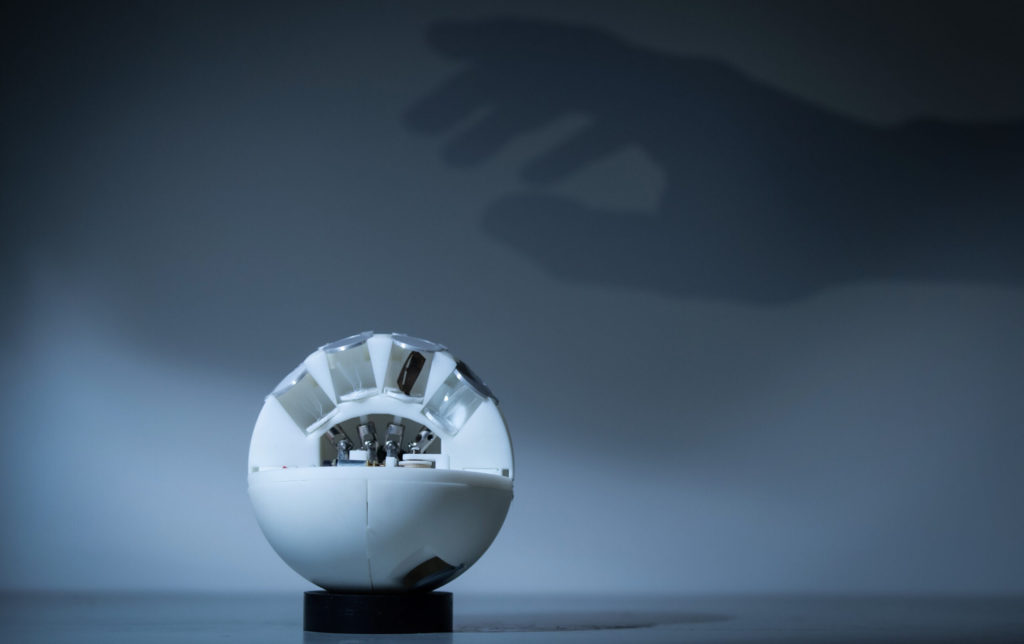The art of folding paper could be the key to unlocking more realistic VR experiences.
A group of researchers based out of Westlake University in China has developed a device that can improve the realism and fidelity of objects in VR using an approach inspired by origami, the art of paper folding to create 3D figures and shapes.
Hanqing Jiang, who was a part of the research team, learned about a form of origami called curved origami (or curved crease origami) while at Arizona State University in 2020 and used it to create stiffness with paper-made sculptures. It was this work that helped Jiang and the team to create haptic feedback with objects that they would pick up in virtual environments.
The device, which was presented in Nature Machine Intelligence, is capable of providing users with various tactile sensations, which could result in more immersive and satisfying interactions with different shaped objects in virtual spaces.
“The key component of our system is a curved origami panel,” said Jaing, adding, “To change the stiffness simultaneously with the sense in the VR/AR environments, motors are used to change the angles between the origami panels.”
The device is also able to automatically create and deliver timed sensations to users based on their interaction with the environment or objects.
To better understand the research team’s approach, you need to learn a little bit more about curved origami. This art syle inloves folding consecutive valley and mountain folds in the center of a circle. After the creases have been folded, the model turns into a shape that can be used in different ways.
This allows the paper to bend while folding, resulting in intricate and beautiful designs. This type of origami can be used in various applications, from car design to architectural construction.
It’s no coincidence that David Huffman, the creator of curved crease origami, was also a computer scientist. Likewise, Ron Resch, his collaborator, was a mathematician and artist. Today, the practice of curved crease paper is more than just a craft; it involves a wide range of mathematical and numerical calculations.
Jiang and the team were able to take the work of Huffman and Resch and create a mechanical sensation that’s different from a passive sensation using the science of curved origami. Normally, technology uses vibration to replicate a tactile sensation, like your VR controllers vibrating during a specific in-game event or your smartphone buzzing during a call.
However, with the development of their curved origami-inspired device, they were able to create a system that can reflect the active nature of the interaction with the environment. The device is designed to be synchronized with the virtual world by changing its configuration in order to adapt to its environment. This allows it to create and deliver various sensations, such as weightlessness and hardness, based on its interaction with the objects.
More research needs to be done, but the research team is very excited with what they’ve been able to uncover so far and see their curved origami approach being used in the future to improve the performance of VR experiences.
For now, the team is focused on developing a multi-modal sensation system that can provide users with different tactile experiences.
Feature Image Credit: Danyang Zhu, Westlake University
The post Could Origami Be The Future Of VR Haptics? appeared first on VRScout.





